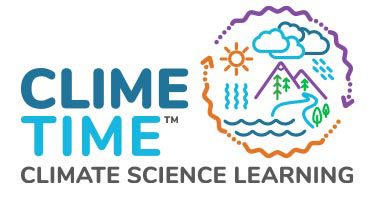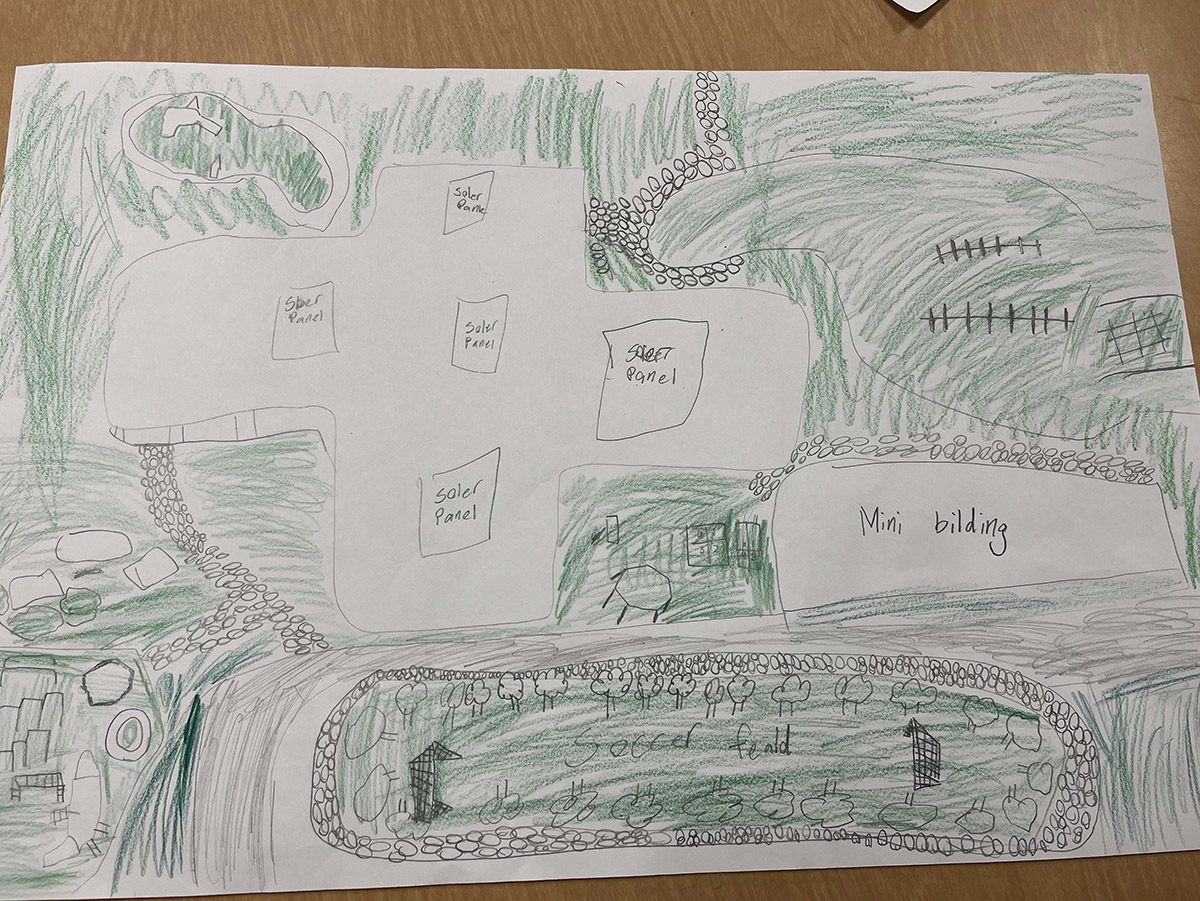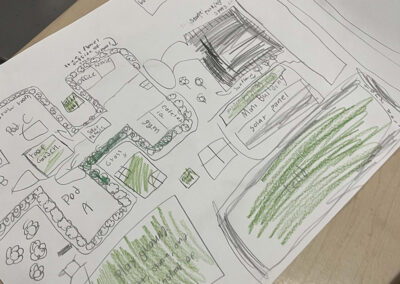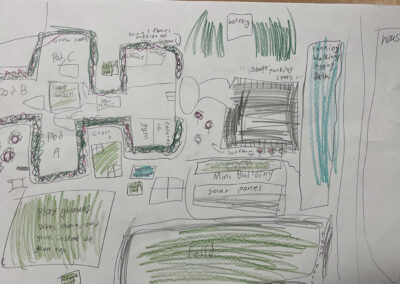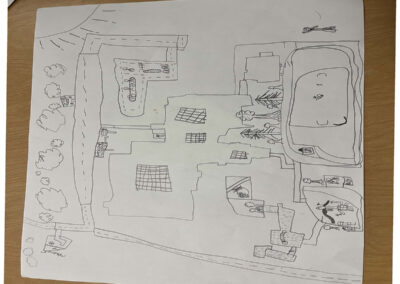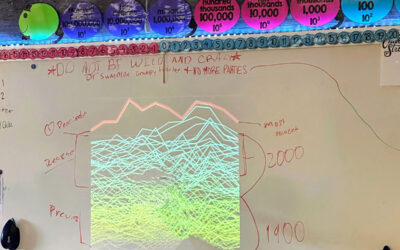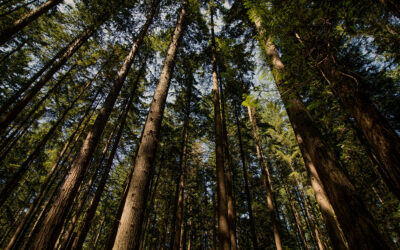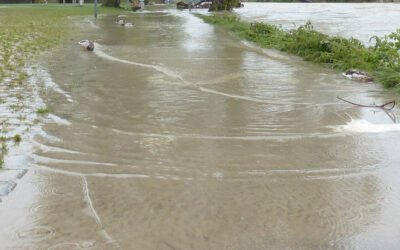What was tried in the classroom?
First, I found examples of playground improvement projects in Washington State, specifically a partnership between Tacoma Public Schools and Tacoma Parks. These two organizations are partnering to create community parks at schools with the goal of citizens being within 10 minutes of walking to a park. Tacoma parks had some really great before and after pictures.
Our class has been learning about weather and climate with the 3rd grade FOSS curriculum, and we’ve been studying the value of trees and permeable surfaces. We’ve also studied salmon and human impacts on safe water environments in the Salish Sea. Students had significant background knowledge as we started our conversations on how the new playground designs were healthier for people, animals, water runoff and pollution.
In addition, we watched a short video from the Nature Conservancy in Washington DC riding his bike with a heat sensor showing the impact of trees on the surface temperature of different neighborhoods. In this students developed awareness of issues of inequity and climate change. Finally, we looked at our school map in google earth, discussing the playground and directional orientation to the sun. We talked about the heat of the blacktop and playground surface and students reflected on their personal experience. They then each got a large rectangular piece of paper and mapped out the school, adding cooling features like more trees, bushes, grass and other permeable surfaces as well as more solar panels.
How’d it go?
It went great! Students worked on their diagrams whenever they could over a week and then shared them with the class. They made strong connections between the different content areas and were able to creatively solve a place based problem.
Resources
ClimeTime Training
Climate Emotions and Creative Expressions STEM Seminar
Classroom
School: Roosevelt Elementary School
District: Olympia School District
Teacher: Margaret Sinclair
